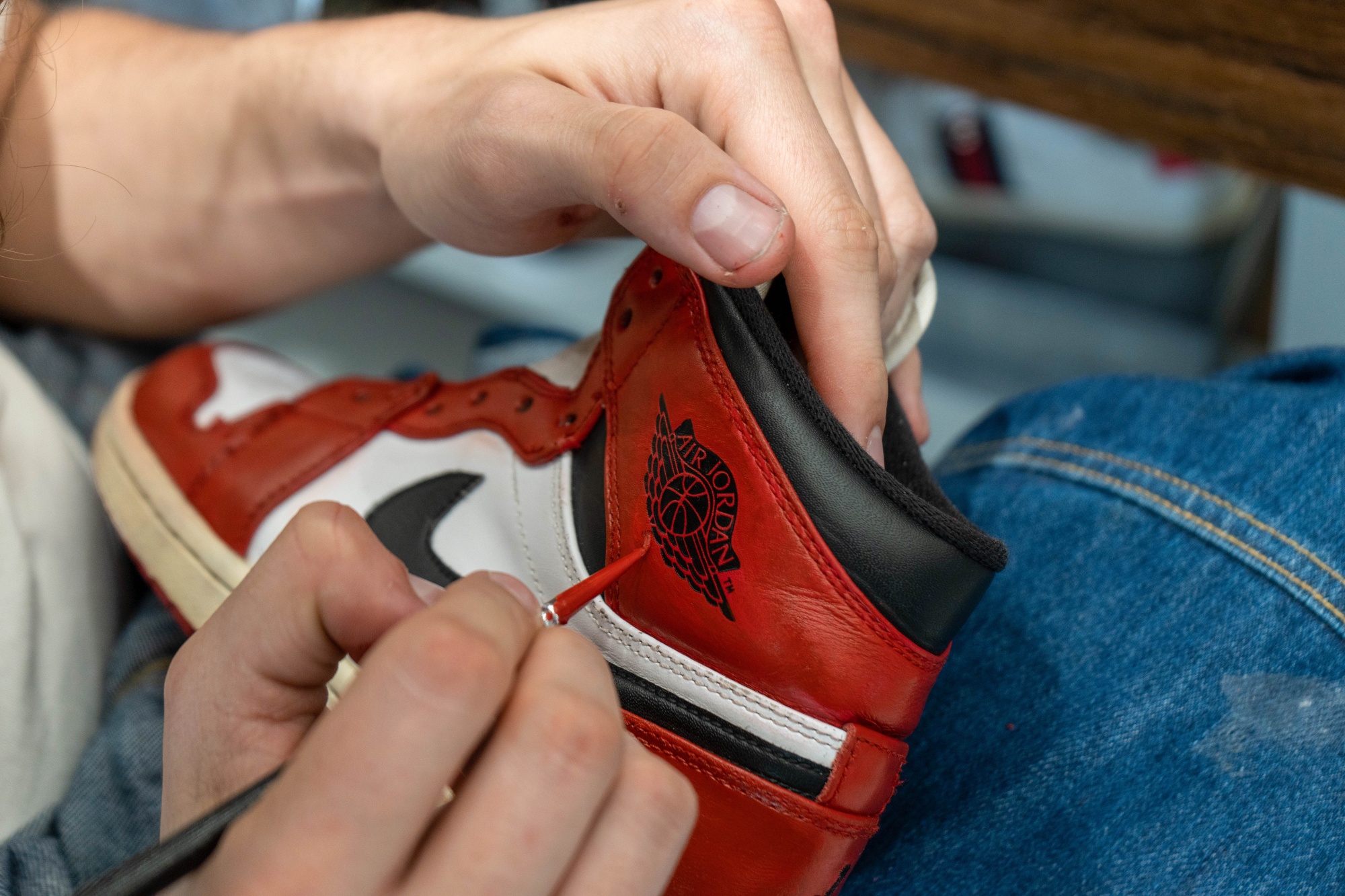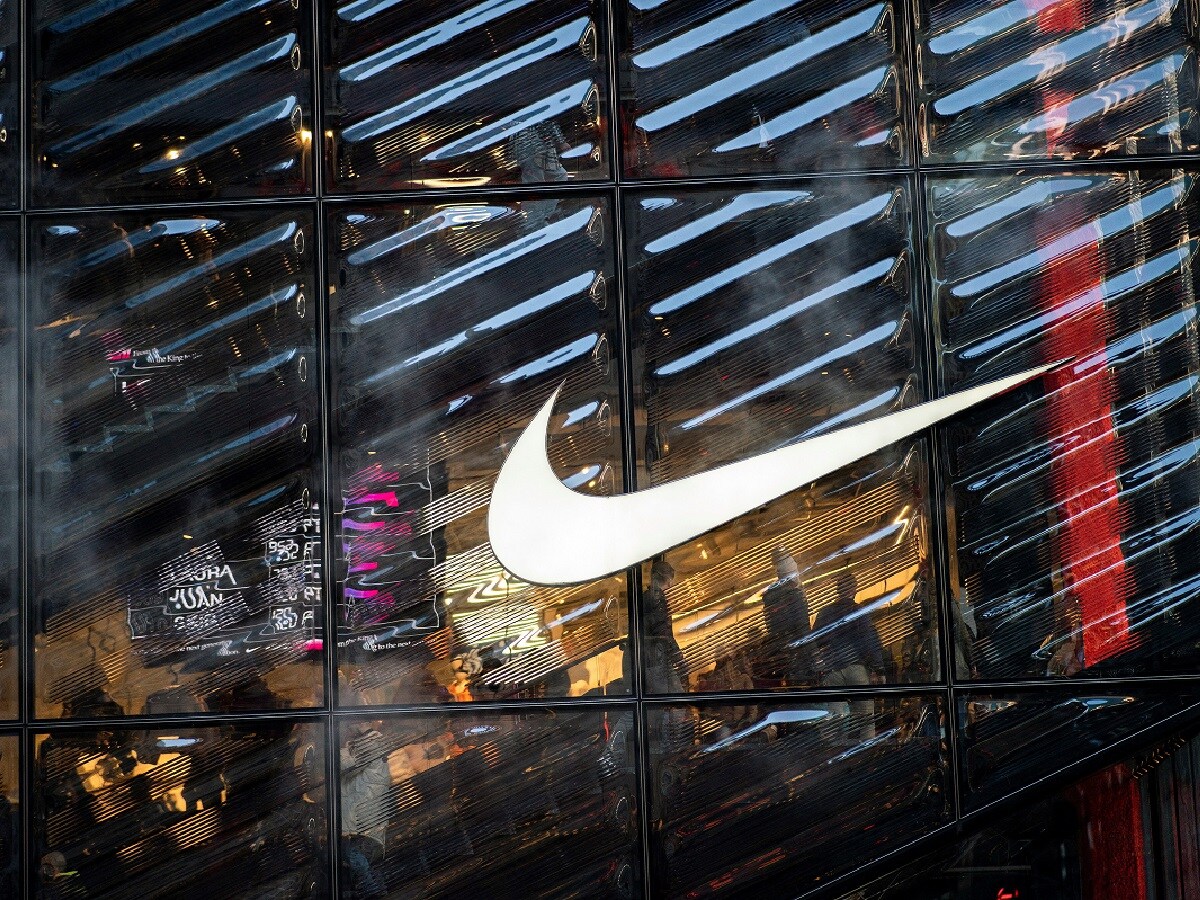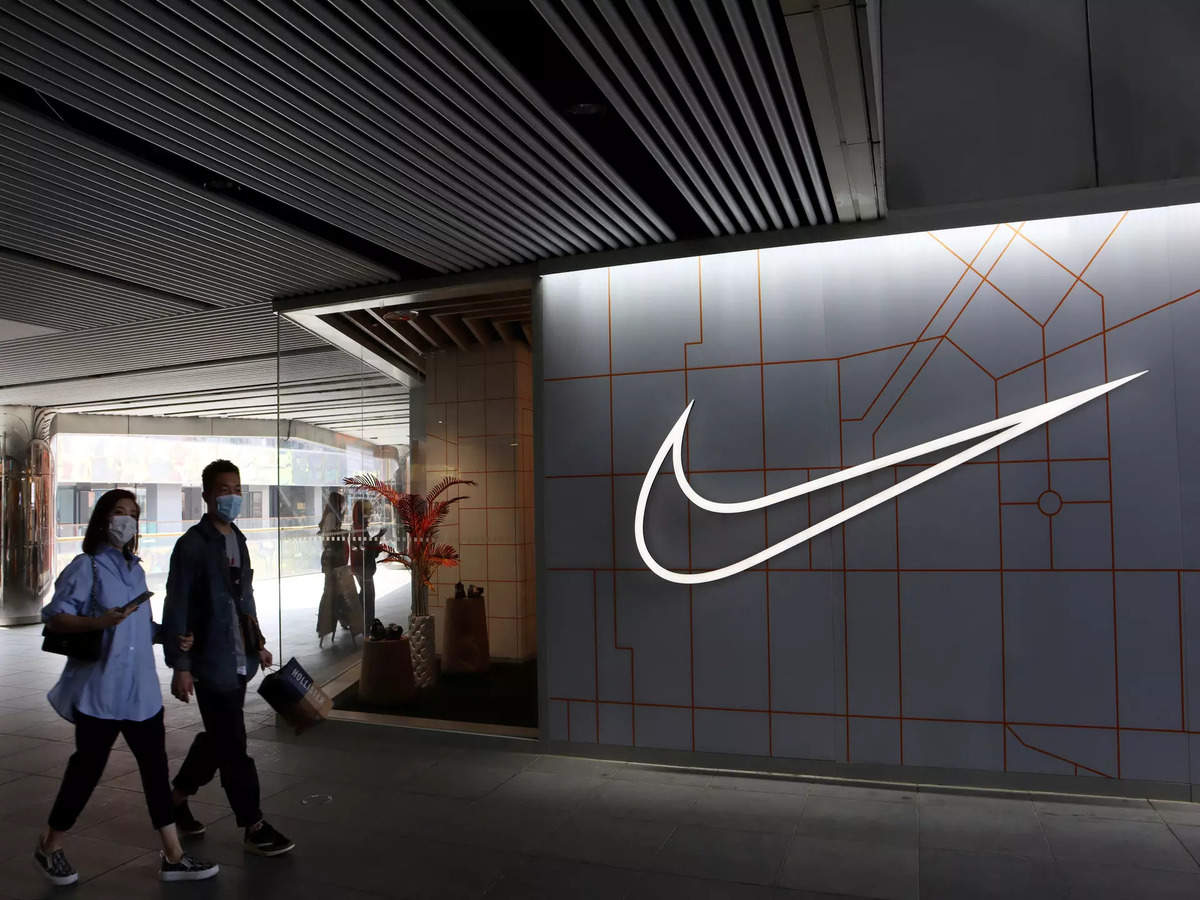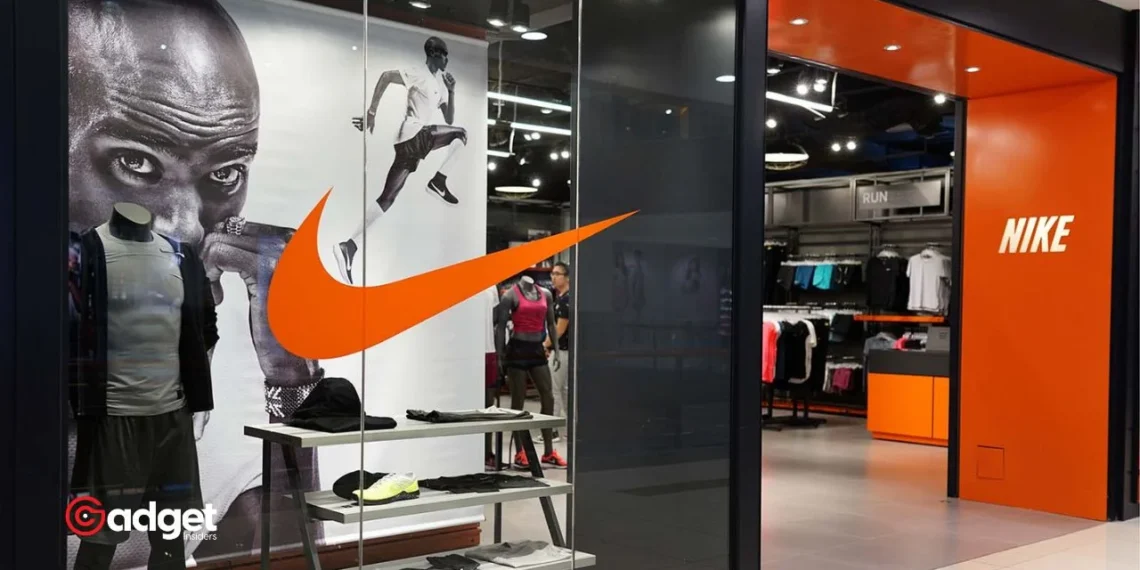Nike Inc., the global sports footwear and apparel giant, has recently implemented layoffs within a unique and lesser-known division of its company—the Department of Nike Archives (DNA). This secret sneaker archive, which is strategically tucked away within Nike’s sprawling headquarters, plays a critical role in preserving the heritage and history of the brand. The layoffs come as part of a broader, multiyear strategy to reduce costs amid slowing sales, shedding light on the potential loss of valuable institutional knowledge.

A Treasure Trove of Nike’s Legacy
The DNA is not just any corporate archive. It is a treasure trove that holds over 200,000 items, including rare shoes, vintage gear, and other significant artifacts that together chronicle the evolution of this iconic brand. As described by insiders familiar with the operations, this special division is crucial for maintaining the corporate memory of Nike, offering insights and inspiration for future product designs and marketing strategies.
“Company’s DNA is more than just a repository of old sneakers; it’s a living, breathing chronicle of innovation and cultural influence,” one source explained.

The archive is normally off-limits to the public, adding an aura of mystery and exclusivity to its existence. Its contents are a testament to Nike’s journey from a modest shoe manufacturer to a behemoth in the global sports industry.
The Cost of Cost-Cutting
However, the recent decision to downsize the staff at DNA suggests a shift in corporate priorities at a time when the company is evidently feeling the pinch from a slowdown in sales. This move has sparked concerns among industry watchers and former employees about the potential loss of expertise that could accompany the departure of seasoned archivists.
The layoffs at archive department highlight a delicate balance that companies often have to manage between preserving their historical assets and optimizing their current operations to withstand economic pressures.

“It’s a tough call, but such decisions are sometimes necessary for long-term sustainability,” a former employee noted, albeit with a sense of regret over the loss of a part of Nike’s soul.
Looking Forward
As Company continues to navigate through these challenging economic times, the impact of the layoffs on its archival operations remains to be seen. Will the slimming down of the DNA affect the brand’s ability to draw on its rich history for inspiration? Or will it prompt a more innovative approach to managing its heritage resources? Only time will tell.

What is certain, though, is that the story of its secret sneaker archive will continue to be one of intrigue and importance, not just to sneaker aficionados and historians, but to anyone interested in the dynamics of cultural preservation within the corporate world.


